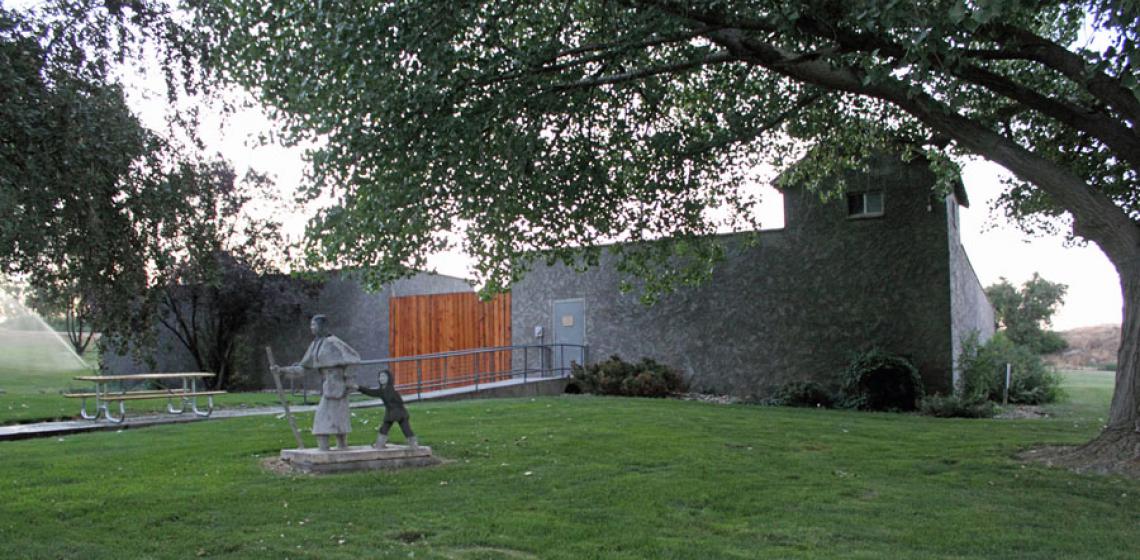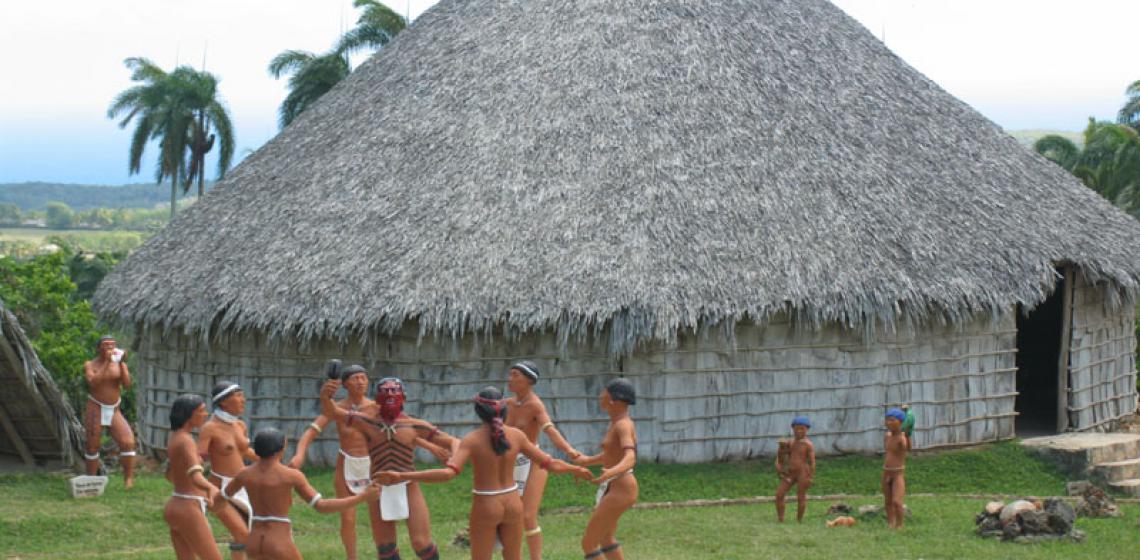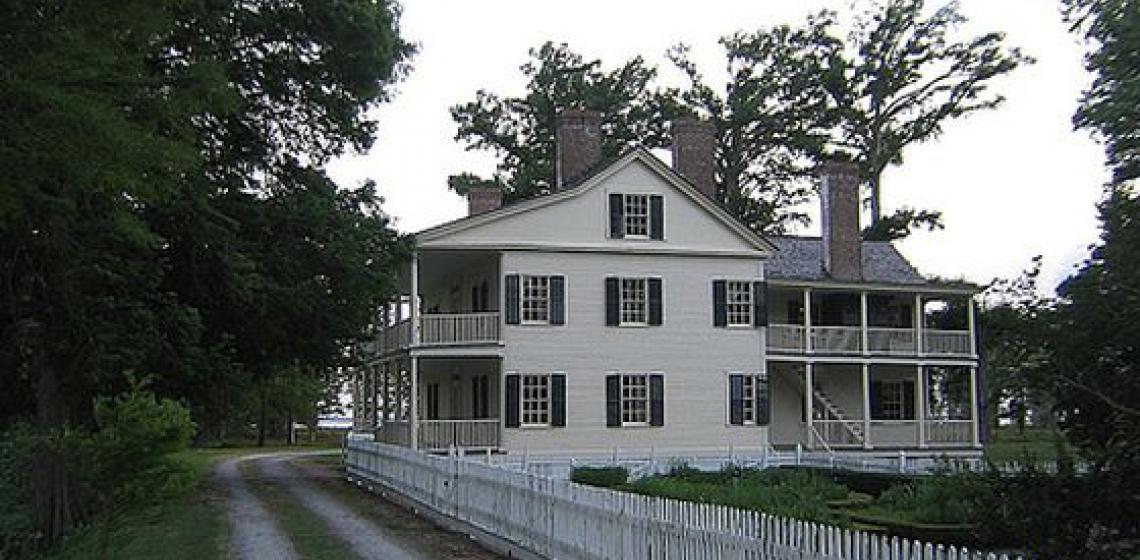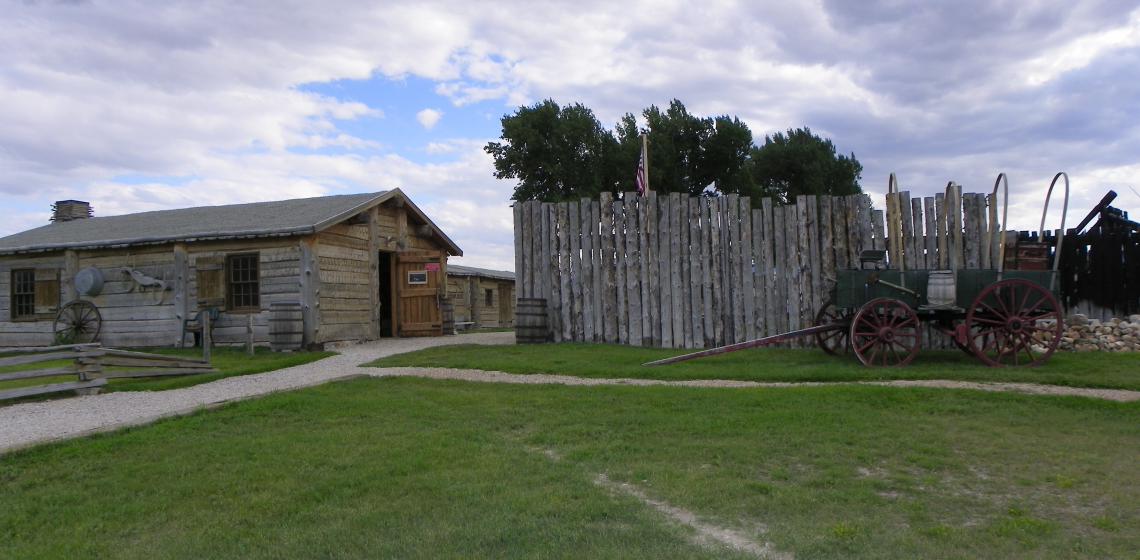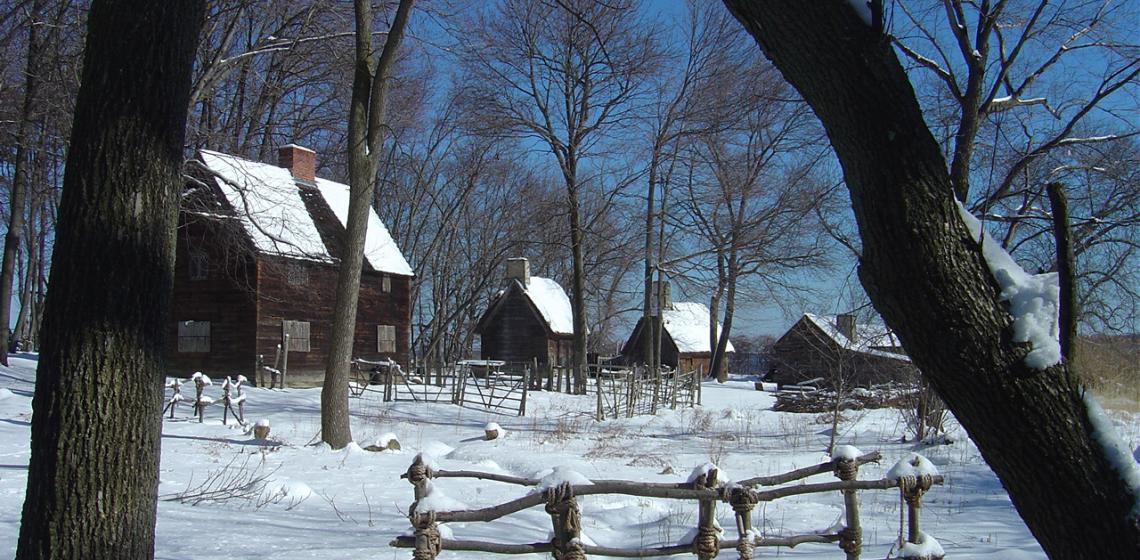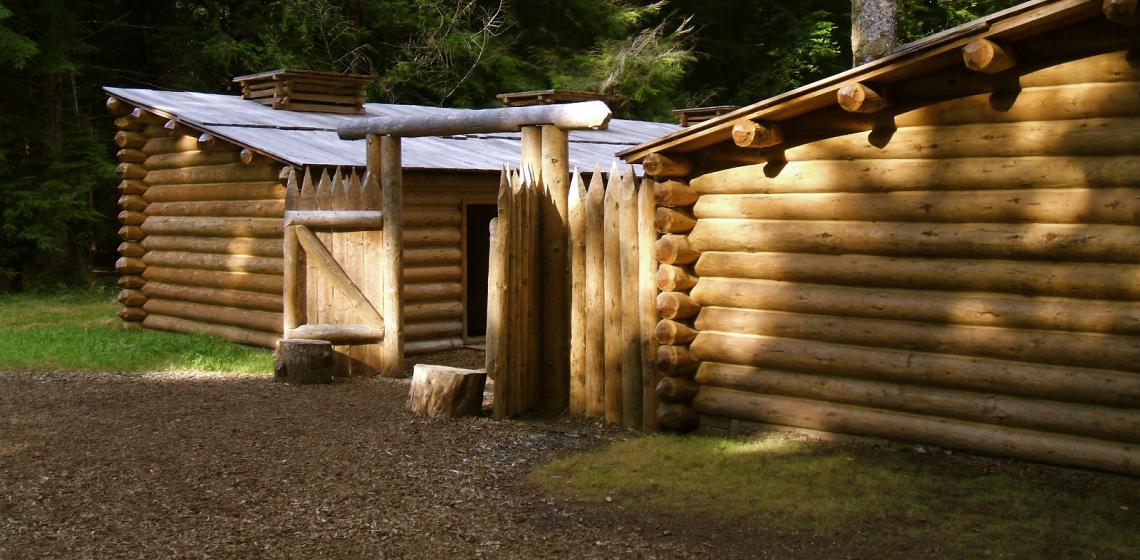Fort Boise Replica & Museum (US)
First explorations in the area around what now is Parma for a suitable location for a fur trading post took already place in 1811. In the next decade, several attempts to set up an outpost failed because of hostile natives.
In the fall of 1834, Thomas McKay, a veteran leader of the annual Hudson's Bay Company (HBC) Snake Country brigades, built Fort Boise as competition for nearby Fort Hall further east on the Snake River. Although Fort Boise may technically have been built as a private venture of Thomas McKay, it was fully backed and supported by the Hudson Bay Company who took over in 1836. From 1836-1837 onward, Old Fort Boise became an important supply post along the Oregon Trail. The post was a major stop for the wagon trains crossing the Snake River into Oregon.

